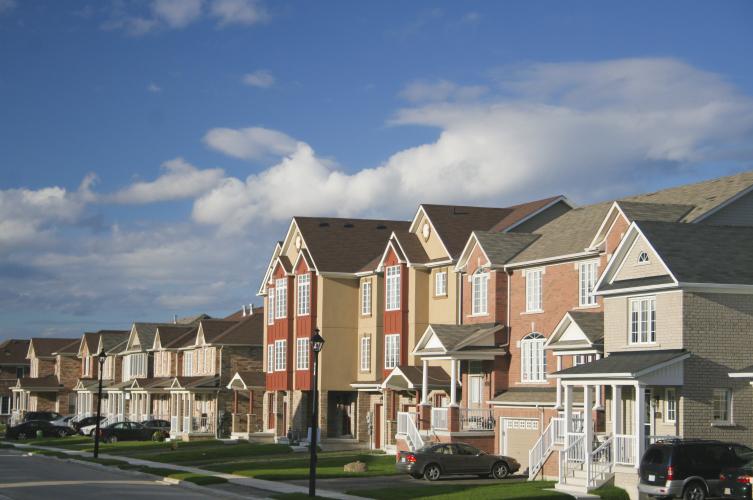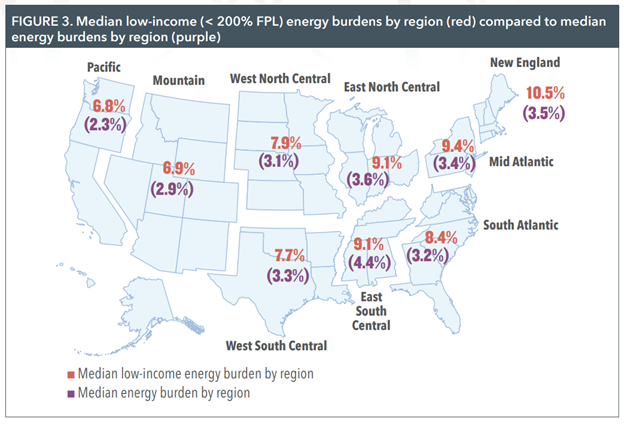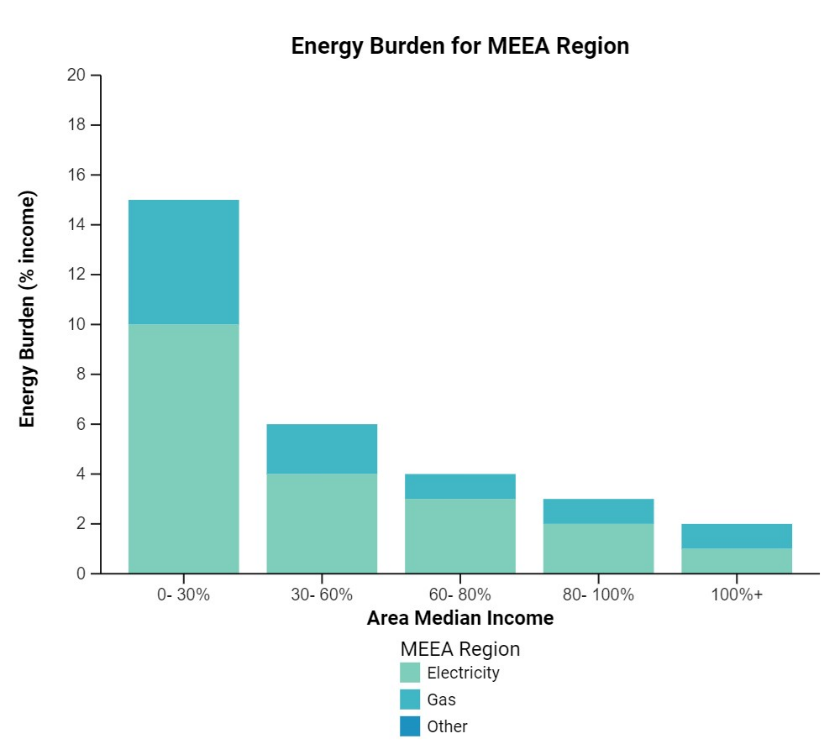
On April 25th, the U.S. Department of Housing and Urban Development (HUD) announced they had completed the review and approval process of an updated energy efficiency code for federally funded housing projects. These projects, an estimated annual 165,000 homes developed with funds from HUD or the U.S. Department of Agriculture (USDA), will now be required to follow the provisions from the 2021 IECC for residential or ASHRAE 90.1-2019 for commercial buildings.
This update, the first since 2015, will dramatically increase savings for homeowners and renters in the Midwest and across the country. Single family homes will see average utility bill reductions of $950 per year, with units in multifamily buildings saving around $224 per year. The adoption is anticipated to make houses 34% more effective than those adhering to the predecessors, the 2009 IECC and 2007 ASHRAE 90.1.
In accordance with the 2007 Energy Independence and Security Act (EISA), the Department of Energy was required to show that any updated energy code has proven effectiveness and will not impact housing affordability or availability. In the final phases of approval, DOE made the determination that moving to the 2021 IECC and ASHRAE 90.1-2019 will be effective and will not negatively impact new housing stock or cost.
How Will This Affect the Midwest?

The Midwest currently experiences one of the highest energy burdens in the United States. This makes the HUD/USDA code update even more important, reducing the struggle that many families face each month paying their utility bills. For Midwest states that have no statewide energy code or outdated codes, this update will provide significant improvements in the long-term savings, resiliency and health benefits embedded in a home. More than 1 in 4 residents in MEEA's 13 state region currently spend more than 6% of their income on utility bills, classified as a high energy burden. This is exacerbated by income level and ownership status with low-income renters experiencing the biggest burden.

What to Expect Next
The new requirements take effect May 28th, and the compliance timelines vary by program with the earliest deadline being November 2025. Although EISA mandates that the newest code version is evaluated every three years, this is the first code update since 2015, bringing HUD into compliance with EISA. Read MEEA's prior blog post on the consideration of this change here.
This announcement demonstrates a trend for recognizing the importance of energy efficiency in buildings. On April 24, the Department of Energy released a final rule requiring new and majorly renovated federal buildings to be zero-emissions by 2030. At a U.S. Senate Committee Hearing on Banking, Housing and Urban Affairs on April 18th, the Federal Housing Finance Agency (FHFA) indicated the agency is studying adoption of the 2021 IECC and ASHRAE 90.1-2019 as minimum energy standards for all homes whose mortgages they acquire. As conservator of the Freddie Mac and Fannie Mae institutions, this move could apply to roughly 70% of new homes constructed. The FHFA will make its decision by the end of June. MEEA will continue to track these updates.